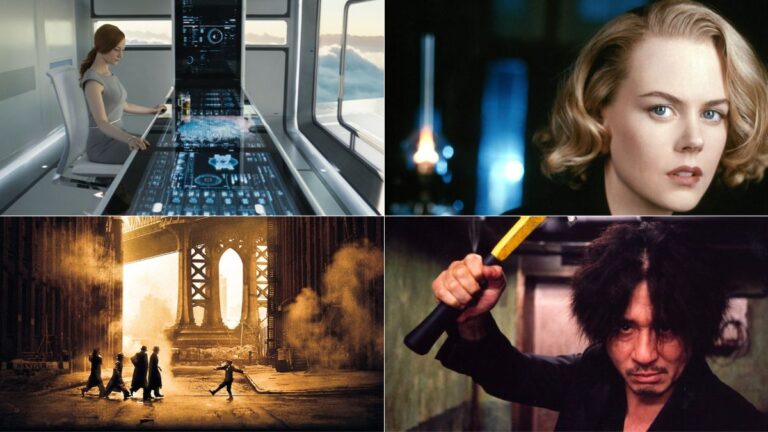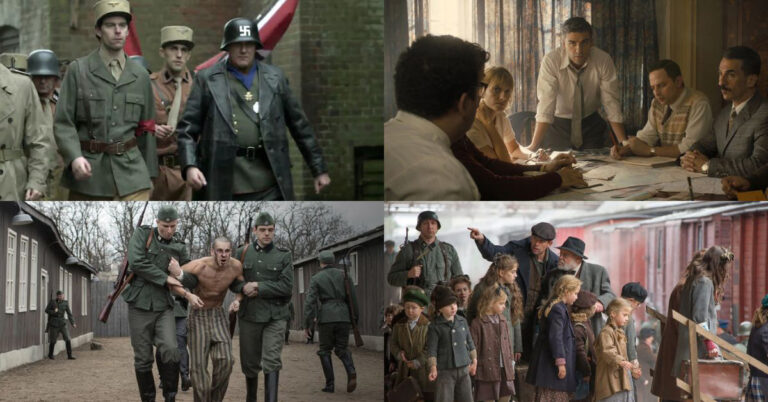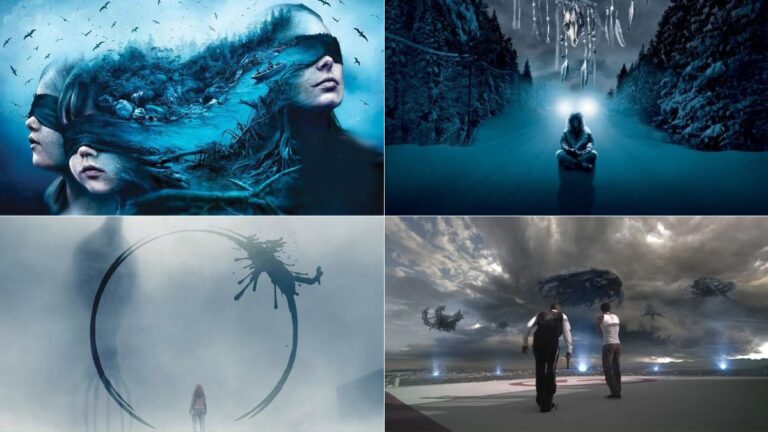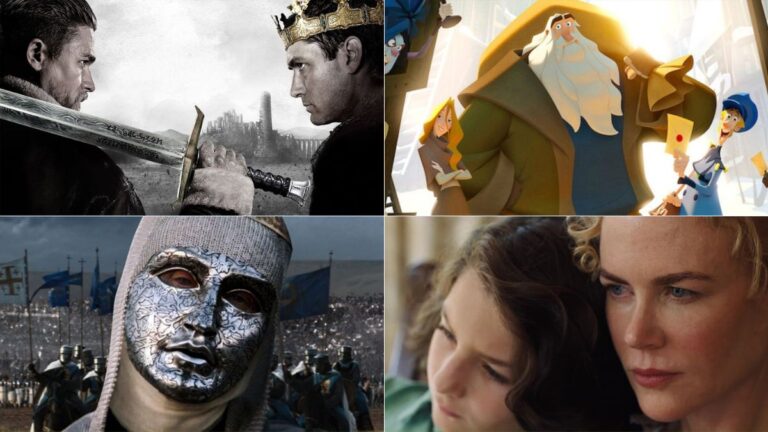15 Best Anime Like Another You Need to Watch
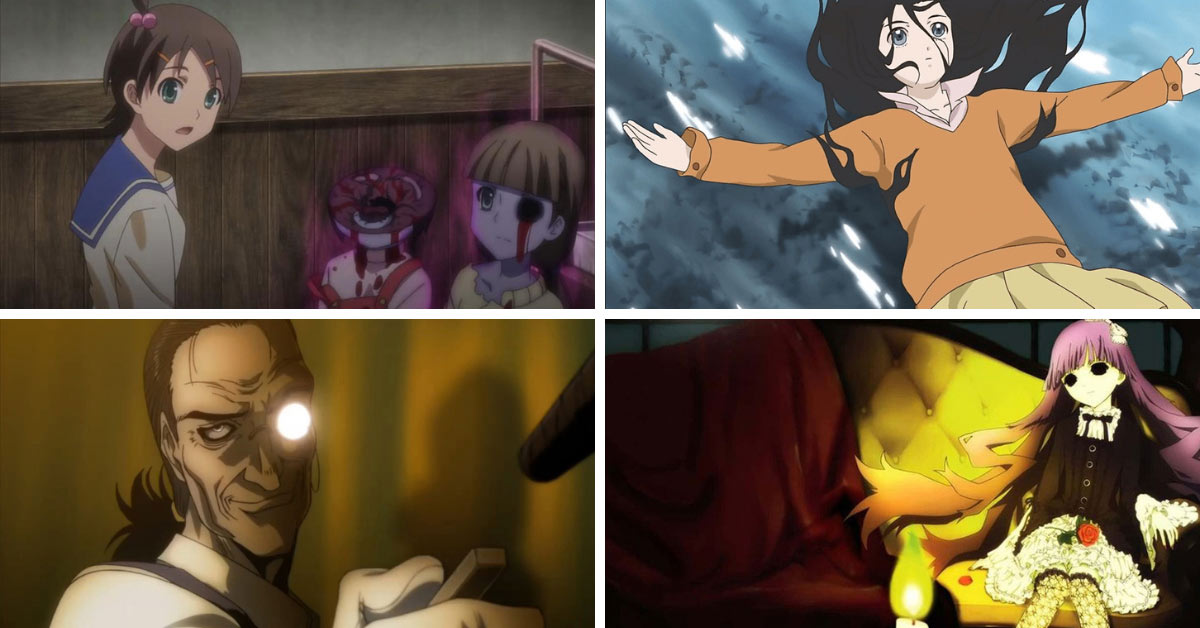
In this article, we are bringing you the best anime like Another. As Another is more of a horror anime, with some really disturbing parts, we have decided to fill out this list with similarly disturbing anime for your next watch.
Still, this wasn’t an easy task, because even though there are some horror anime, they are actually not in the top subgenre. Also, anime on this list should be similar to Another, not just in terms of horror, but also in terms of settings, feelings and characters. That is exactly what we wanted to find when we were building this list of the best anime like Another.
So, without further ado, let’s check out the best anime like Another below.
Parasyte: The Maxim (2014–2015)
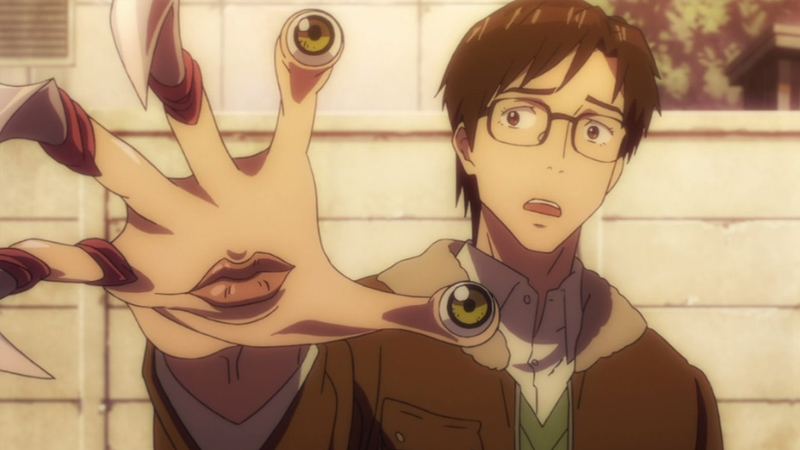
Parasyte is a Japanese science fiction horror manga series written and illustrated by Hitoshi Iwaaki and published in Kodansha’s Morning Open Zōkan and Monthly Afternoon magazine from 1988 to 1995. The manga was published in North America first by Tokyopop, then Del Rey, and finally Kodansha USA. The series follows Shinichi Izumi, a high school senior who is the victim of a failed attempt by a parasyte organism to take over his brain. Instead of burrowing into his brain, the parasyte landed in his hand and matured partially up his arm.
The manga has been adapted into two live-action films in Japan, in 2014 and 2015. An anime television series adaptation by Madhouse, titled Parasyte -the maxim-, aired in Japan between October 2014 and March 2015. The English-language dub aired on Adult Swim’s Toonami programming block in the United States between October 2015 and April 2016.
Ghost Hound (2007– )
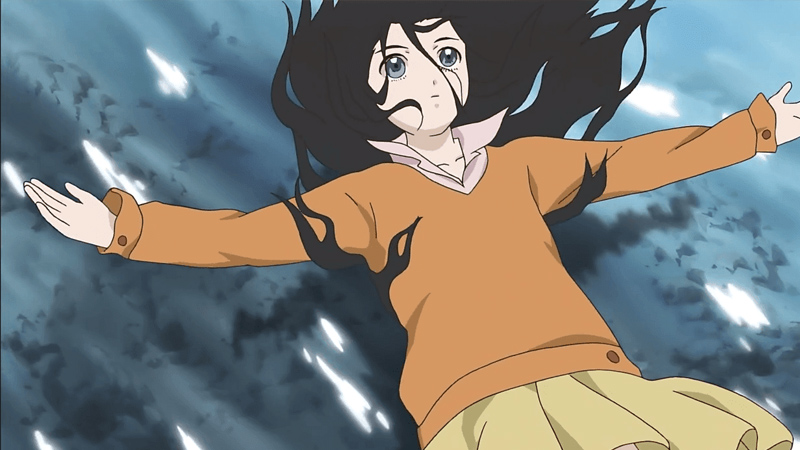
Ghost Hound is an anime television series, created by Production I.G and Masamune Shirow, noted for being the creator of the Ghost in the Shell series. The original concept and design were first developed by Shirow in 1987. It is Production I.G’s 20th-anniversary project and was first announced at the 2007 Tokyo International Anime Fair.
In the small town of Suiten, located in a remote mountain region on the island of Kyūshū, reality and the spirit realm collide. Ghosts and paranormal occurrences appear in the real world, spreading through the town. Three high school boys, Tarō, Makoto and Masayuki, who have all had traumatic experiences in their childhood, observe the strange occurrences happening at Suiten.
Together, they investigate by entering the spirit realm, or the Unseen World, although no human is supposed to be able to do so. The three boys are granted entrance, only to realize the key to their childhood traumas lies within this Unseen World. The local Shinto priest and his daughter, Miyako, also become involved in the occurrences.
Death Note (2006–2007)
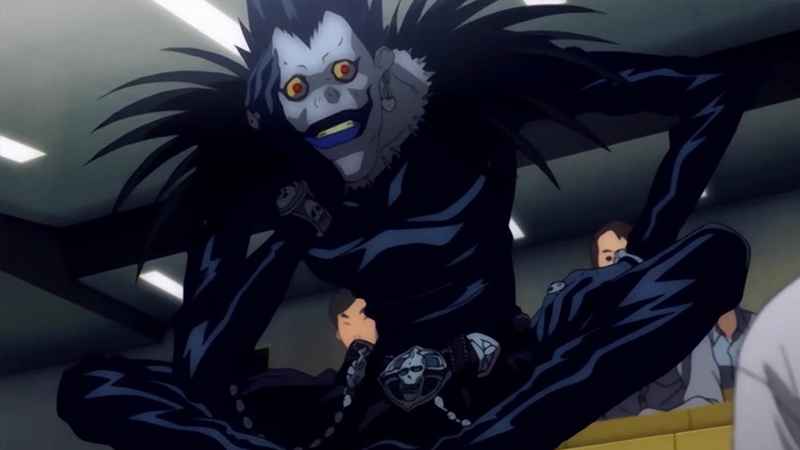
Death Note is a Japanese manga series written by Tsugumi Ohba and illustrated by Takeshi Obata. The story follows Light Yagami, a teen genius who discovers a mysterious notebook: the “Death Note”, which belonged to the shinigami Ryuk, and grants the user the supernatural ability to kill anyone whose name is written on its pages. The series centers around Light’s subsequent attempts to use the Death Note to carry out a worldwide massacre of individuals whom he deems immoral and to create a crime-free society, using the alias of a god-like vigilante named “Kira”, and the subsequent efforts of an elite Japanese police task force, led by enigmatic detective L, to apprehend him.
A 37-episode anime television series adaptation, produced by Madhouse and directed by Tetsurō Araki, was broadcast in Japan on Nippon Television from October 2006 to June 2007. A light novel based on the series, written by Nisio Isin, was also released in 2006. Additionally, various video games have been published by Konami for the Nintendo DS.
The series was adapted into three live-action films released in Japan in June 2006, November 2006, and February 2008, and a television drama in 2015. A miniseries titled Death Note: New Generation and a fourth film were released in 2016. An American film adaptation was released exclusively on Netflix in August 2017 and a sequel is reportedly in the works.
Elfen Lied (2004)
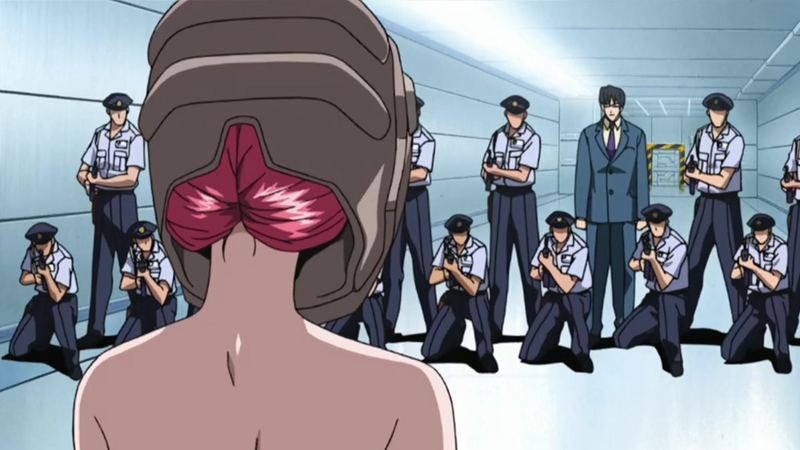
Elfen Lied is a Japanese manga series written and illustrated by Lynn Okamoto. It was originally serialized in Shueisha’s Weekly Young Jump from June 2002 to August 2005, with the 107 chapters collected into twelve tankōbon volumes.
Elfen Lied revolves around the interactions, views, emotions, and differences between human beings and the Diclonii, a mutant species similar to humans in build but distinguishable by two horns on their heads and “vectors”, transparent telekinetically controlled arms that have the power to manipulate and cut objects within their reach. The series is centered on the teenage Diclonius girl “Lucy” who was rejected by human beings and subsequently wants revenge.
When They Cry (2006)
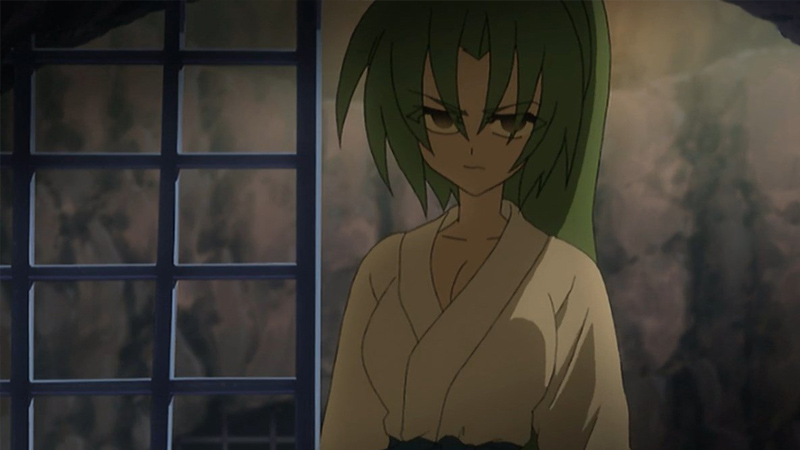
A quiet little Japanese village named Hinamizawa is home to Keiichi Maebara, who becomes inseparable friends with Rena Ryuuguu, Mion Sonozaki, Satoko Houjou, and Rika Furude after just moving there in the summer of 1983. Despite their seemingly idyllic lives, darkness lurks beneath.
As Keiichi prepares for the village’s annual festival, he learns about the local legends. A murder has occurred in the village several times in recent years, and all of them seem to be tied to the village’s patron god, Oyashiro, and the festival. Whenever Keiichi asks his new friends about these incidents, they are suspiciously silent and refuse to answer. With more and more bizarre events happening, he wonders just what else his friends might be hiding from him, and if he can even trust them.
In a story in which multiple arcs intersect, Keiichi stumbles straight into the mysteries of Higurashi no Naku Koro ni once madness and paranoia begin taking root in his heart.
Monster (2004–2005)
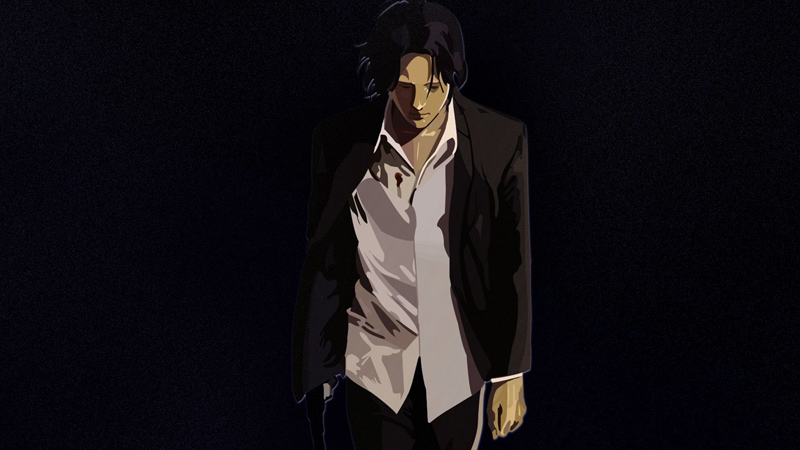
The manga series was adapted into an anime by Madhouse, which aired between 7 April 2004 and 28 September 2005 on Nippon TV. Directed by Masayuki Kojima and written by Tatsuhiko Urahata, it features original character designs by long-time Studio Ghibli animator Kitarō Kōsaka which were adapted for the anime by Shigeru Fujita.
The story revolves around Kenzo Tenma, a Japanese surgeon living in Düsseldorf, Germany whose life enters turmoil after getting himself involved with Johan Liebert, one of his former patients, who is revealed to be a dangerous serial killer.
Dusk Maiden of Amnesia (2012)
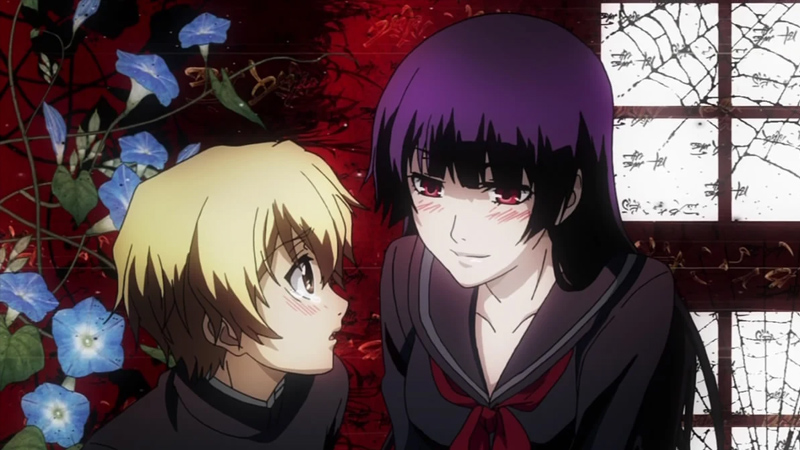
Dusk Maiden of Amnesia is a Japanese manga series, written and illustrated by the duo Maybe. It was published by Square Enix and serialized in the Monthly Gangan Joker magazine. An anime adaptation by Silver Link aired between April and June 2012. It has been licensed by Sentai Filmworks in North America.
The story takes place at Seikyou Private Academy: an extremely old school with several buildings, each built at different points in history without care for the existing architecture. Many of them overlap and mix with each other, resulting in an unintentional maze-like structure, within which the untrained can easily lose their way. The School was built over an old shrine, which is where Yuuko died.
Since her body and regrets are tied to the school, she is unable to leave the school grounds even if she wanted to. In the series, a ‘Ghost’ is formed from the person’s regrets while they were alive. One can see them only if believing in the ghost’s existence – but depending on one’s expectations and knowledge, what they see will vary greatly: from Yuuko’s true form (as she sees herself and was before she died) to a demonic entity.
Tokyo Ghoul (2014)
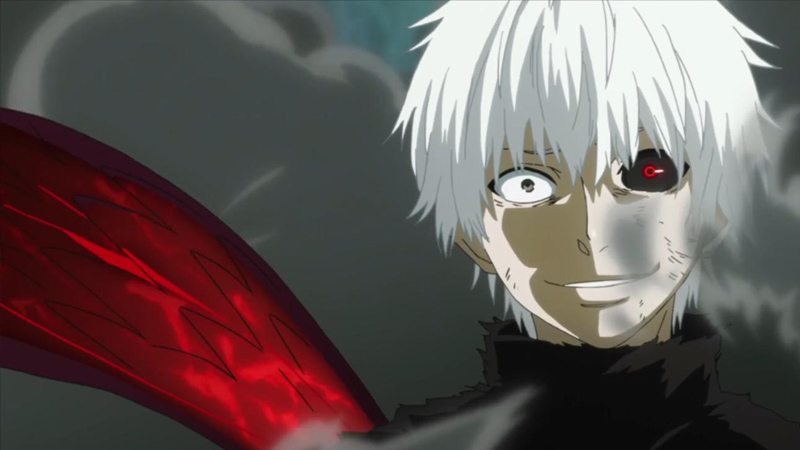
Tokyo Ghoul is a Japanese dark fantasy anime. A 12-episode anime television series adaptation by studio Pierrot aired on Tokyo MX between July and September 2014. A 12-episode second season, Tokyo Ghoul √A, which follows an original story, aired from January to March 2015. A live-action film based on the manga was released in Japan in July 2017, with a sequel being released in July 2019. An anime adaptation based on the sequel manga, Tokyo Ghoul:re, aired for two seasons; the first from April to June 2018, and the second from October to December 2018.
The story follows Ken Kaneki, a student who barely survives a deadly encounter with Rize Kamishiro, his date who reveals herself as a ghoul and tries to eat him. He is taken to the hospital in critical condition. After recovering, Kaneki discovers that he underwent surgery that transformed him into a half-ghoul. This was accomplished because some of Rize’s organs were transferred into his body, and now, like normal ghouls, he must consume human flesh to survive.
Ghouls who run a coffee shop called “Anteiku” take him in and teach him to deal with his new life as a half-ghoul. Some of his daily struggles include fitting into the ghoul society, as well as keeping his identity hidden from his human companions, especially from his best friend, Hideyoshi Nagachika.
The prequel series Tokyo Ghoul [Jack] follows the youths of Kishō Arima and Taishi Fura, two characters from the main series who become acquainted when they join forces to investigate the death of Taishi’s friend at the hands of a ghoul, leading to Taishi eventually following Arima’s path and joining the CCG (Commission of Counter Ghoul), the federal agency tasked into dealing with crimes related to ghouls as well.
The sequel series Tokyo Ghoul:re follows an amnesiac Kaneki under the new identity of Haise Sasaki (the result of horrific brain damage sustained from Kishō Arima). He is the mentor of a special team of CCG investigators called “Quinx Squad” that underwent a similar procedure as his, allowing them to obtain the special abilities of Ghouls in order to fight them while still being able to live as normal humans.
Hell Girl (2005–2006)
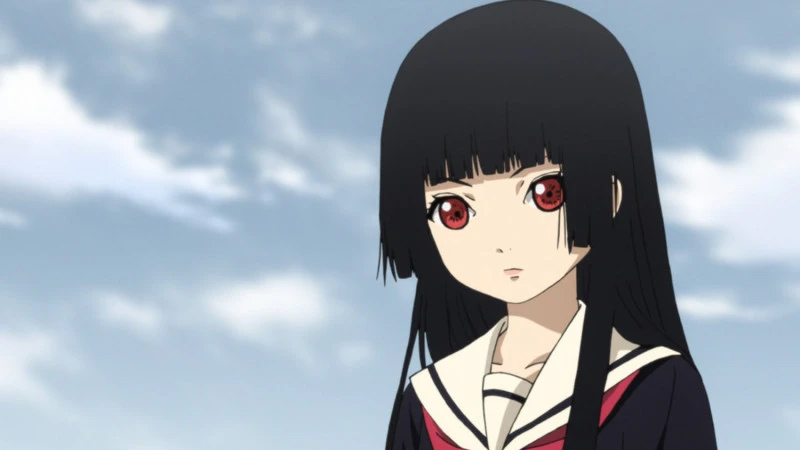
Hell Girl, also known as Jigoku Shōjo: Girl from Hell, is a Japanese anime series conceptualized by Hiroshi Watanabe and produced by SKY Perfect Well Think, Tokyo MX, Wakasa Seikatsu, Fujishoji, Aniplex and Studio Deen. It is directed by Watanabe and Takahiro Omori, with Kenichi Kanemaki handling series composition, Mariko Oka designing the characters and Yasuharu Takanashi, Hiromi Mizutani and Kenji Fujisawa composing the music.
The series focuses on the existence of a supernatural system that allows people to take revenge by having other people sent to Hell via the services of the mysterious title character and her assistants who implement this system. Revenge, injustice, hatred, and the nature of human emotions are common themes throughout the series.
The Future Diary (2011–2013)
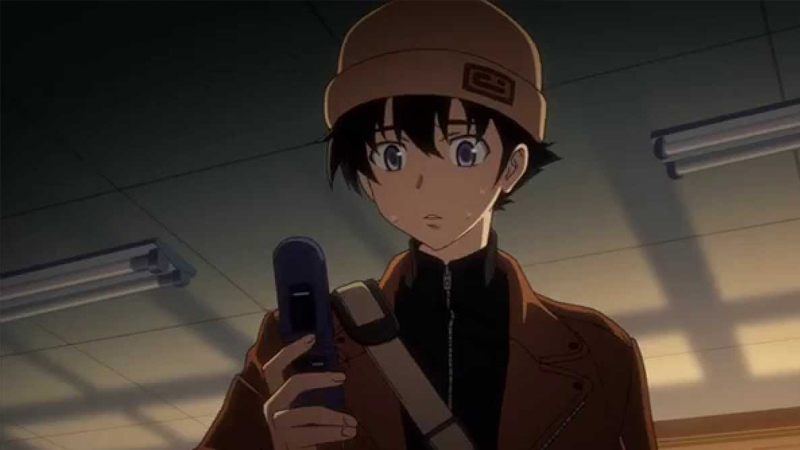
An anime television adaptation by Asread and directed by Naoto Hosoda began airing on October 10, 2011. Character designs are done by Eiji Hirayama and Ruriko Watanabe. An eight-minute “pilot” edition DVD was bundled with limited editions of the manga’s eleventh volume, released on December 9, 2010. The series uses four pieces of theme music: two opening themes and two ending themes. For the first 14 episodes, the opening theme is “Kūsō Mesology” by Yōsei Teikoku, and the ending theme is “Blood Teller” by Faylan.
From episode 15 onwards, the opening theme is “Dead End” by Faylan, and the ending theme is “Filament” by Yōsei Teikoku. For the pilot, the main theme is “The Creator” by Yōsei Teikoku. Funimation licensed the series for North American distribution, simulcasting the series on Niconico. They later announced they had acquired the rights for release on home video. Following Sony’s acquisition of Crunchyroll, the series was moved to Crunchyroll.
The plot depicts the Diary Game, a deadly battle royale between 12 different individuals who are given “Future Diaries”, special diaries that can predict the future, by Deus Ex Machina, the God of Time and Space, with the last survivor becoming heir to the universe.
Hellsing Ultimate (2006–2012)
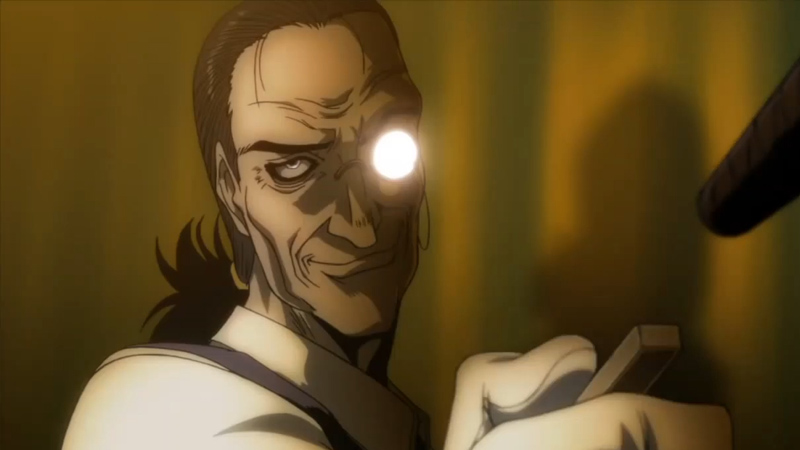
The manga was adapted into a thirteen-episode anime television series by Gonzo. The series was directed by Yasunori Urata, under the chief direction of Umanosuke Iida, and written by Chiaki J. Konaka. The series uses the same characters and settings, but narrates a different story from its source manga.
In April 2005, it was announced that a new original video animation (OVA) adaptation, titled Hellsing Ultimat, more faithful to the original manga than the TV series, would be released by Geneon Entertainment in Japan and North America. The first four episodes of the OVA were animated by Satelight, directed by Tomokazu Tokoro, and written by Yōsuke Kuroda; they were released from February 10, 2006, to February 22, 2008.
Hellsing is named after and centered around the Royal Order of Protestant Knights originally led by Abraham Van Helsing. The mission of Hellsing is to search for and destroy the undead and other supernatural forces of evil that threaten the queen and the country.
This organization is currently led by Sir Integra Fairbrook Wingates Hellsing, who inherited the leadership of Hellsing as a child after the death of her father. She witnessed his death which turned her from a once innocent and shy little girl to a tough and deadly force. She is protected by the faithful Hellsing family butler Walter C. Dornez, a deadly foe in his own right, and Alucard, the original and most powerful vampire, who swore loyalty to the Hellsing family after being defeated by Van Helsing one hundred years before the story takes place. These formidable guardians are joined early on in the storyline by former police officer Seras Victoria, whom Alucard turned into a vampire.
As the scale and frequency of incidents involving the undead escalate in England and all around the world, Sir Integra discovers that the remnants of a Nazi group called Millennium still exist and are intent on reviving Nazi Germany by creating a battalion of vampires. Millennium, Hellsing, and the Vatican section XIII Iscariot clash in an apocalyptic three-sided war in London, and Millennium reveals its true objective: to destroy the vampire lord Alucard, ending a feud begun during World War II.
Ghost Hunt (2006– )
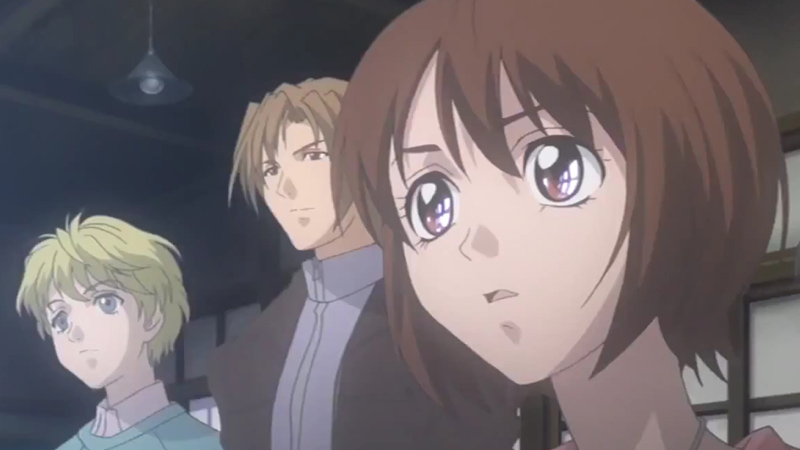
An anime television series adaptation of the manga was animated by J.C.Staff. It premiered on October 3, 2006 in Japan on TV Tokyo where it ran for twenty-five episodes until its conclusion. The anime is licensed for English release on Region 1 DVD by Funimation Entertainment, which released the entire series across two 2-disc volumes, and later in a single box set.
Ghost Hunt follows the ghost hunting adventures of Mai Taniyama, a first-year high school student who becomes involved with Shibuya Psychic Research (SPR) and its young manager, Kazuya Shibuya. Mai nicknames Kazuya Shibuya “Naru” because of his narcissistic (narushishisuto) attitude, and the nickname is generally adopted by all those who come to eventually work with SPR: Buddhist monk Houshou Takigawa; shrine maiden Ayako Matsuzaki; celebrity teen psychic Masako Hara; and Catholic priest John Brown.
Ghost Hunt also explores the paranormal abilities of the characters, particularly focusing on Mai’s “latent psychic abilities,” demonstrated by her dreaming about information relevant to their cases. She is often joined in her dreams by someone whom she assumes to be Naru, who acts as a spirit guide, but who is later revealed to be Naru’s dead twin brother who had died long before.
Yami shibai (2013– )
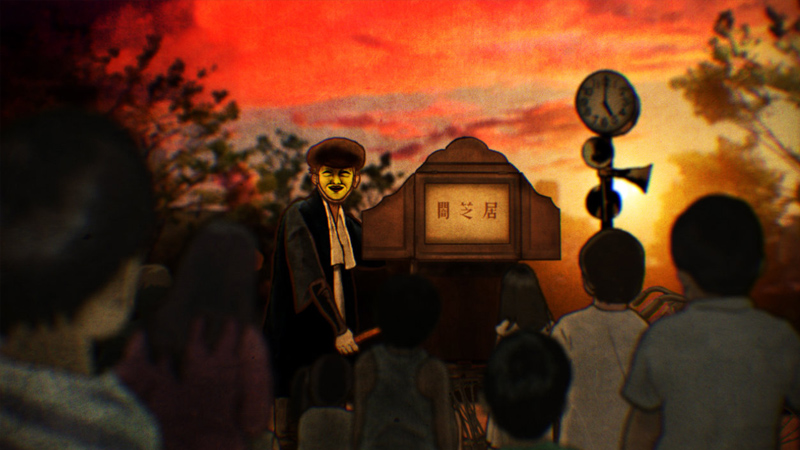
Yamishibai: Japanese Ghost Stories also known in Japan as Yami Shibai and Theater of Darkness is an ongoing Japanese anime series. The first season was directed by Tomoya Takashima, with scripts written by Hiromu Kumamoto and produced by ILCA. Each episode was animated to mimic the kamishibai method of story-telling. The series is organized into a collection of shorts with each episode being only a few minutes in length. Each episode features a different tale based on myths and urban legends of Japanese origin.
Every week at 5 p.m. an old man in a yellow mask shows up at a children’s playground and tells them ghost stories based on myths and urban legends of Japanese origin. The man tells the stories on the back of his bicycle using a traditional kamishibai method and features a new tale each week.
In the third season, instead of the old man in a yellow mask and his kamishibai stage, a boy (later revealed to be the kamishibaiya in the form of a child) sits on a playground slide and sings, “Friends on that side, come to this side… Friends on this side, go to that side…” as he draws illustrations of the creatures in the stories.
At the end of each episode, the narrator’s mask sings the closing song to him, multiplying in number as each episode ends with the final one being worn on the boy’s face. As of Season 4, the kamishibaiya returns, telling the stories to children at a playground every 5 p.m., going back to the original format of Seasons 1 and 2 (voice actors are different every episode).
In Season 5, the children are not seen playing on the swings. Instead, they gather to the call of the old man in silhouette. In Season 6, the old man tells his stories in a forest instead of a school. A shadow takes the form of the old man and then puts on the mask as he introduces the story. In Season 7, the old man tells his stories in a creepy apartment.
In Season 8, he tells his stories at a busy urban intersection, surrounded by vague shadowy passersby. In Season 9, he tells the stories to the animals from the Chinese Zodiac. The tenth season has the narrator slowly making his announcement in an empty playground only to stop halfway; the season finale is based on Hyakumonogatari Kaidankai.
Shiki (2010–2011)
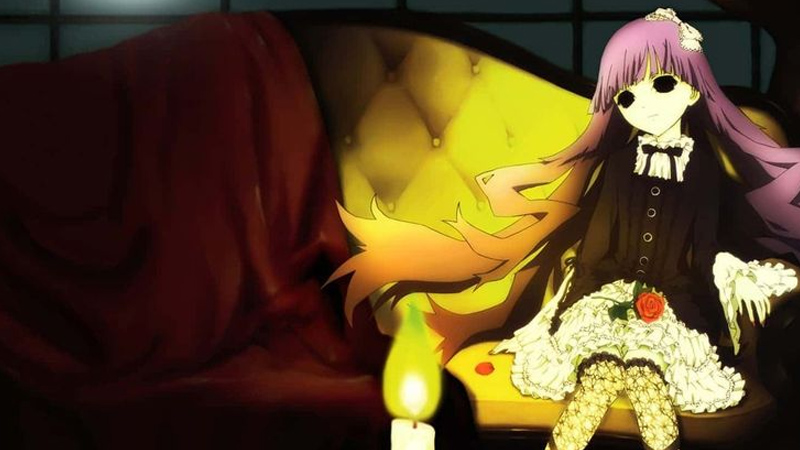
An anime adaptation of the manga version of Shiki was first announced in Japan in December 2009, with the official website unveiled. Although Aniplex was listed as handling production for the anime, the website stated that the company will be in charge of distribution duties while Daume is responsible for the animation production. Japanese celebrity Gackt made his first regular cast debut on Shiki, as revealed during Noitamina’s late-night timeslot lineup. Funimation simulcasted the series on their online video portal and released the series on DVD & Blu-ray on May 29, 2012. Funimation’s rights to the series expired on June 30, 2018.
- RELATED: 20 Best Anime About Art & Art School
The story takes place in a particularly hot summer in 1994, in a small quiet Japanese village called Sotoba. A series of mysterious deaths begin to spread in the village, at the same time when a strange family moves into the long-abandoned Kanemasa mansion on top of a hill. Megumi Shimizu, a young girl who wanted to leave the village and move to the city, pays them a visit never to return. She is later found lying in the forest and tragically dies.
Doctor Toshio Ozaki, director of Sotoba’s only hospital, initially suspects an epidemic; however, as investigations continue and the deaths begin to pile up, he learns—and becomes convinced—that they are the work of the “shiki”, vampire-like creatures, plaguing the village. A young teenager named Natsuno Yuuki, who hates living in the village, begins to be pursued and becomes surrounded by death.
Corpse Party: Tortured Souls (2013)

Corpse Party: Tortured Souls is a four-episode anime OVA based on the Japanese video game Corpse Party. It serves as a sequel to the Corpse Party: Missing Footage OVA.
After performing a charm that would supposedly unite them as friends, a group of students are teleported to the mysterious Heavenly Host Elementary School where they are visited by the spirits of the school’s murdered students.


